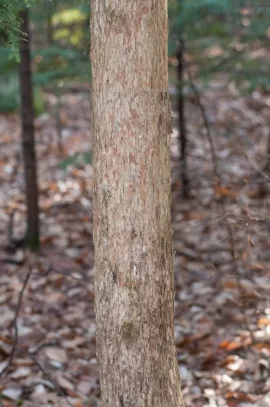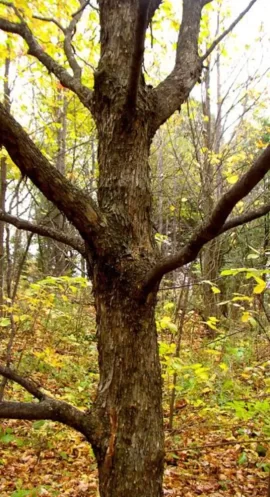My #1 answer is pine, 100%.
I take advantage of the old wives tales and capitalize on it whenever I can. My dad to this day insists I shouldn't burn it, yet lets me harvest all I want from his property. I've shown him my wood stove manual that says I can burn it, that it seasons in a year or less, and have presented my research on places that commonly burn nothing but pine, but he won't touch the stuff and neither will most people in my area.
I heated my 2015-2017 season on almost 100% exclusively pine. The fire curve is MUCH different using pine than hardwood, and it's a bit of a learning curve. If you toss in a whole stove full of pine, you're gonna over fire, at least in my experience. It dumps BTU fast and I actually prefer it over hardwood in shoulder season so I can take the chill out of the air in the house, then by 10am when it warms up, the stove is dying down.
I can get a bundle of unseasoned pine slab from the local amish which contains about a full cord (3 face) for $10. I slap 10-15 slabs on the bucking horse at once and buzz them all down to size. Easy to cut, easy to stack, easy to make kindling with, darn near free, and generates enough heat off the bat to get the hardwood it's mixed with going quickly. I cut it in the spring and it's at 12-14% MC by fall. One of my neighbors honey holes I'm hitting for wood has probably 70% pine there, so I'm expecting to do at least 50% pine next year. One of my favorite homesteading Youtube channels heats on 100% pine and has done so for the last 10 years in their BK princess. They've never once needed to clean the cat during that time. My Ozzy doesn't have a cat, but after 10 minutes rolling in my stove, I'm not getting any visible smoke anyway most of the time regardless of wood species, so myth busted as far as I'm concerned.
I burn everything for the most part and have been pleasantly surprised by Tulip poplar, box elder, and white/paper birch. Birch is considered a "soft wood" here, but I like it a lot. I truly have never found a better kindling anywhere than paper birch bark. I strip every single piece of birchwood I get of its bark because it's just so darn good. Box elder is considered a soft maple, is a pain to cut and a pain to split in my experience; splits a lot like elm, cuts a lot like oak, but burns pretty good. I got about 6 face cord of it a number of years back and would gladly get more provided I have a splitter. I wouldn't try it by hand, far too stringy.
The only wood I really haven't liked is Willow. It burns fast, and quite frankly just doesn't generate much heat. It's also extremely stingy and truly a pain in the arse to split, even WITH a splitter. It's the only wood I turn away when offered to me.
Interesting comments on the American Hornbeam and the sizes of the Hophornbeam, which I've never seen before that I know of. I've got TONS of American Hornbeam here (AKA musclewood) but remember reading, and have actually confirmed at least in my area where they grow, that after about 5-6" in diameter, they typically die off and/or fall over. I don't know if it's the density of the wood that's simply too much for the root system in the swampy areas that they grow or what, but in the acres and acres of it spread throughout the forest I live, I've never seen one larger than that.






 .
. (oh well, I thought it was Beech). And I sawed and hand loaded the pickup bed with a 1/2 cord of more Sugar Maple. Sugar Maple is new to me, but I already like it - such a nice wood, like Ash.
(oh well, I thought it was Beech). And I sawed and hand loaded the pickup bed with a 1/2 cord of more Sugar Maple. Sugar Maple is new to me, but I already like it - such a nice wood, like Ash.